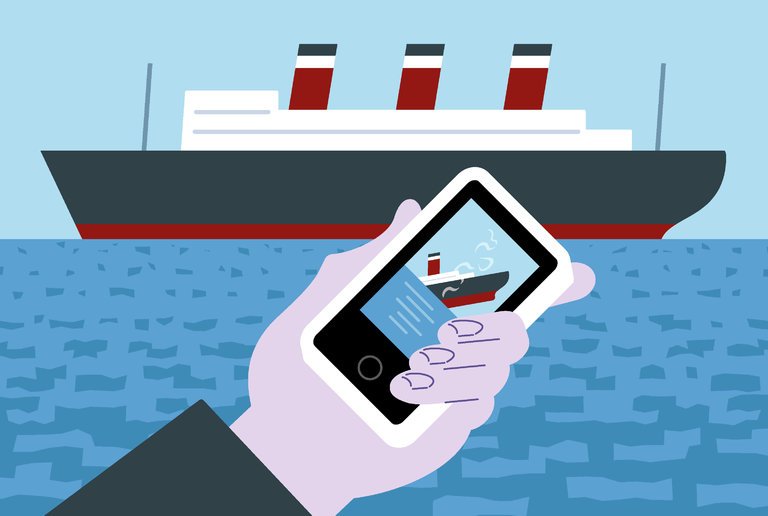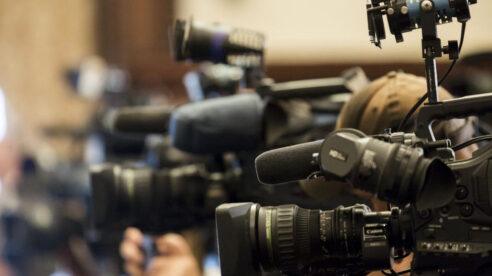In crisis communications, human psychology can often work against us, acting as a formidable opponent in an already complicated situation. It’s not uncommon for D+P to get a call from an organization that’s looking for help responding to reporters after a new revelation has been published about the company. Here’s the problem:
Once stories are published – whether or not they are completely true – readers’ opinions have already been formed.
Even if the reporter includes the organization’s statement or response in the article, the claims made by the article are almost always the ones to create a lasting impact. Changing a reader’s mind is a steep challenge, at best.
Benedict Carey, a science reporter for the New York Times, pointed to this issue in a recent Times article.

Photo Credit: Stephen Savage
In order for an individual to comprehend a news article, the reader must employ what Carey calls, “a temporary suspension of disbelief.” This cognitive shortcut leads a reader to interpret the story as inherently “true” initially, especially if it strengthens an already existing world view. In doing that, a cognitive connection is created that says A = B. For instance, big corporations = corrupt, or tomatoes = vegetables. And therein the problem lies.
A reader’s initial judgment of a news story, or even a simple headline, is incredibly difficult to alter. In fact, even a suspicious reader searching to determine the validity of a story, further embeds this A-B connection in their mind in trying to refute the original claim. This happens because they are forced to articulate it again, or repeat it in their mind. Ultimately, this subconscious connection lingers longer than people suspect – often long after a story retraction or correction. These connections are further embedded by virality of our current environment that repeats the false connection as it gets shared across social networks. Repetition only further solidifies false claims in readers’ minds.
This subconscious, cognitive bias that we all experience is part of what makes crisis communications so difficult.
The path to correcting perceptions is a steep one, but there are ways to correct misinformation.
According to Dr. Colleen Seifert, a psychology professor at the University of Michigan who is highlighted in the Times article, people can continue to be influenced by misinformation even if they remember that it’s false. She suggests, however, that because people naturally desire an explanation of “why,” one way to correct misinformation is by leveraging the cognitive bias of the human brain by providing an alternative case for why the claim was made in the first place.
All of this human psychology points to why crisis communications – and communications in general – is difficult. It also underscores the importance of having a crisis communications plan in place before an issue arises because a quick, thorough and factual response to the initial wave of controversy can be essential in shaping the story. Following that first response, continued communication remains essential to progressing the narrative, but if the initial response is insufficient or non-existent, the damage can oftentimes seem irreparable.
We are Devine + Partners, communications and content experts who specialize in public relations, issues management (crisis communications), content marketing and digital communications.


